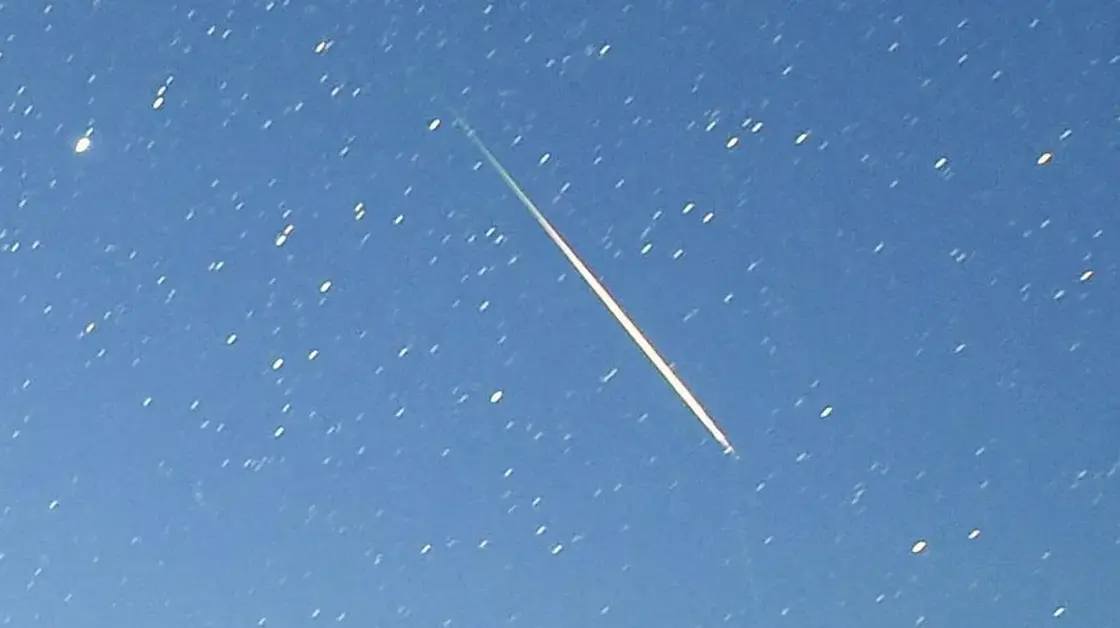T4K3.news
Perseids 2025 peak dimmed by bright moon
Peak viewing may be limited by the Moon; consider waiting for darker skies a week after the peak.
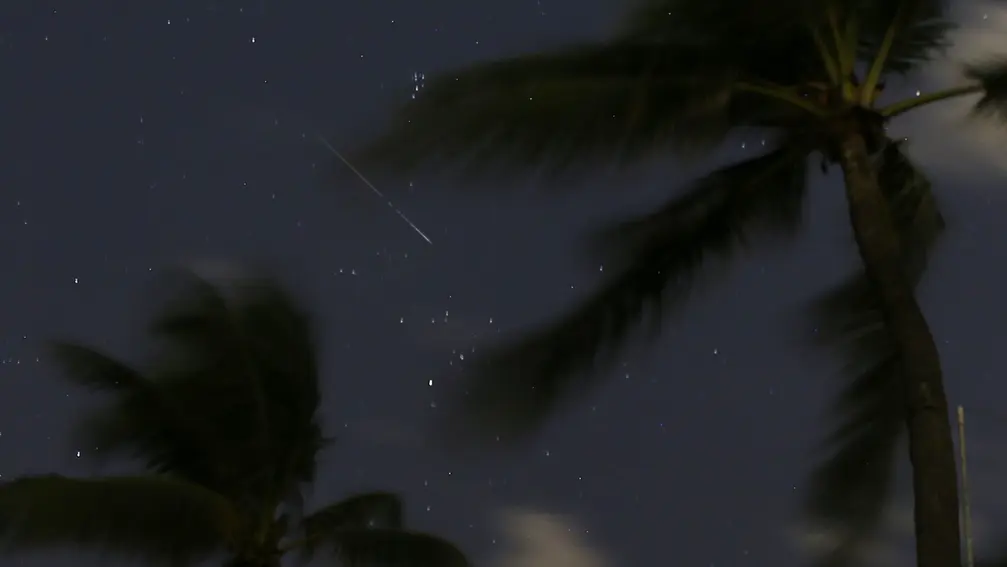
Astronomy experts say the Perseid meteor shower will be dimmed by a bright moon at the peak, making timing crucial for viewers.
Perseids 2025 Peak Dimmed by Bright Moon
The Perseids, summer’s best meteor shower, are approaching their peak. This year a bright Moon will dampen the peak in the early hours, prompting experts to suggest waiting a week for darker skies.
Under dark skies without Moon, observers can see 60 to 100 meteors per hour, according to the American Meteor Society. With the Moon near 84 percent full at the peak, viewers may see about 10 to 20 meteors per hour. Thaddeus LaCoursiere of the Bell Museum says it is better to go out a bit later, about a week after the official peak, when the sky is darker. No special equipment is needed, and looking up away from city lights helps. The Perseids come from debris left by comet Swift-Tuttle and burn up in the atmosphere, creating brief glowing trails.
Key Takeaways
"This year I’m actually recommending that people go out a little bit later"
Timing advice from Thaddeus LaCoursiere
"Under dark skies with no moon, the Perseids can produce between 60 to 100 meteors per hour"
Expected meteor rate under dark skies
"The moon will be around 84% full during the peak"
Moon phase affecting visibility
The timing of this shower highlights a common challenge for stargazers: light pollution and the Moon. The advice to wait for darker skies shows how science outreach adapts to imperfect conditions while still inviting people to look up. It also reminds us that the night sky remains accessible to everyone.
If many people skip the peak, there is still value in public observations and education. The story is not about a single moment but about a season of small experiences that build long term interest in science. Simple, no equipment skywatching is a healthy antidote to screens.
Highlights
- This year I’m actually recommending that people go out a little bit later
- Under dark skies with no moon the Perseids can produce between 60 to 100 meteors per hour
- The moon will be around 84% full during the peak
Patience and a clear night sky can turn a routine moment into a memory
Enjoyed this? Let your friends know!
Related News
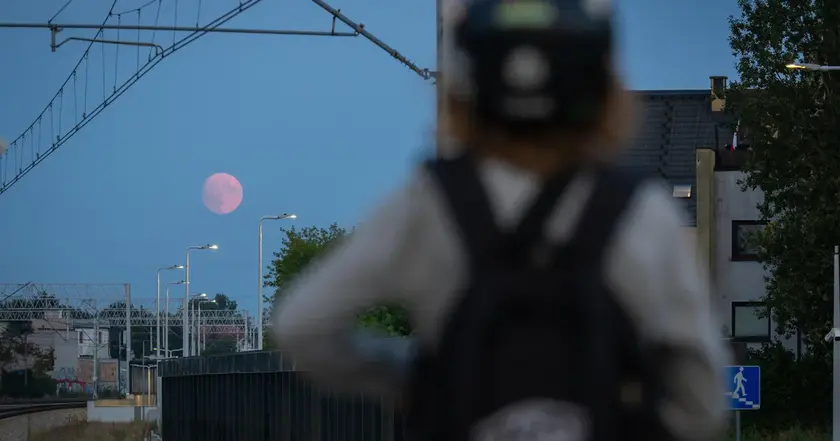
Perseids peak next week

August Sturgeon Moon display
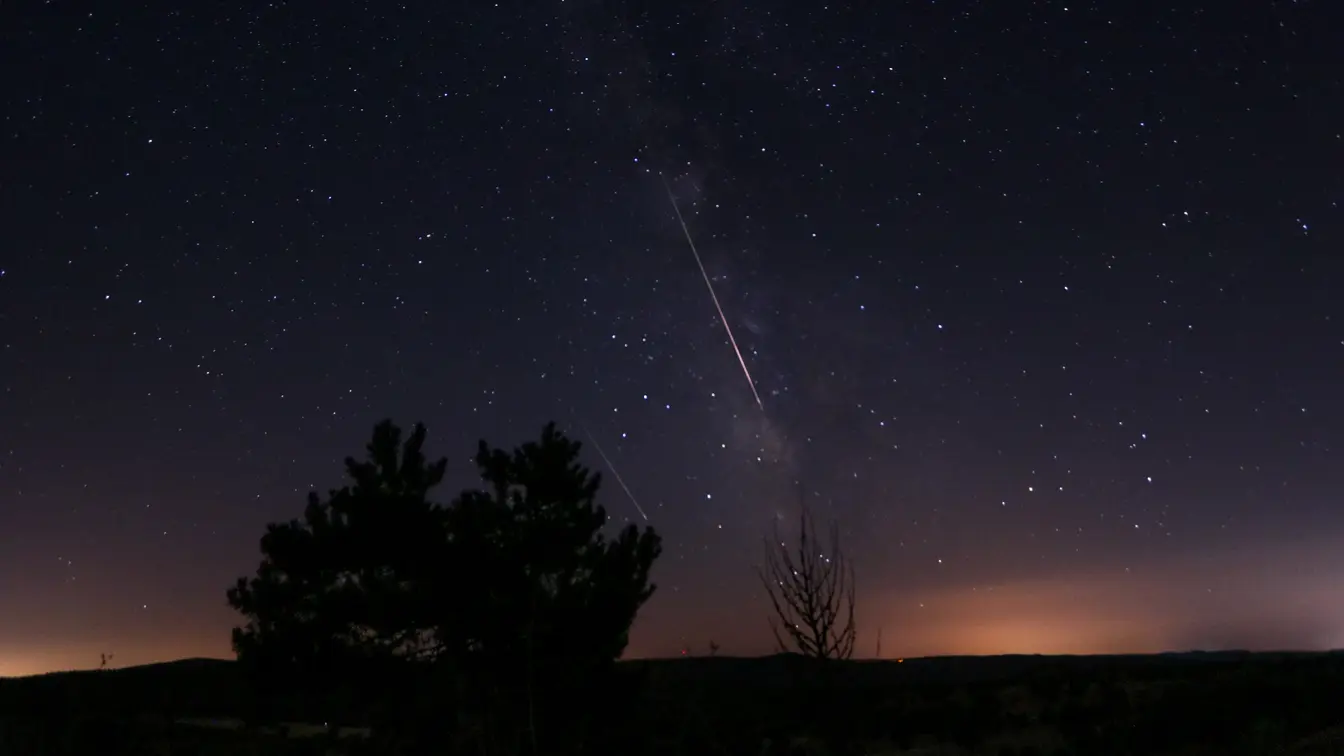
Perseid meteor shower peak

Perseids peak shadowed by full Moon
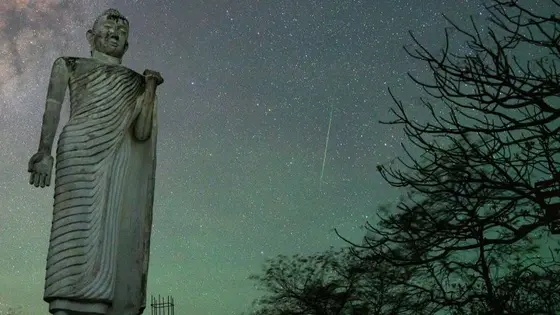
Alpha Capricornids and Southern Delta Aquariids peak this week

Venus and Jupiter align during Perseid meteor shower
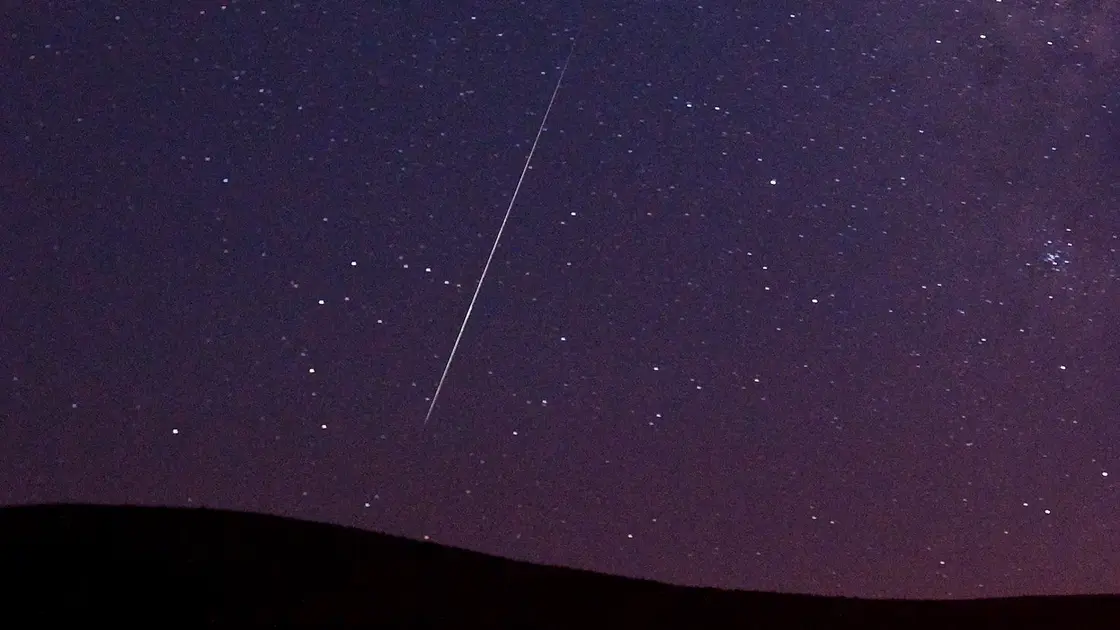
Perseid Meteor Shower Starts Soon
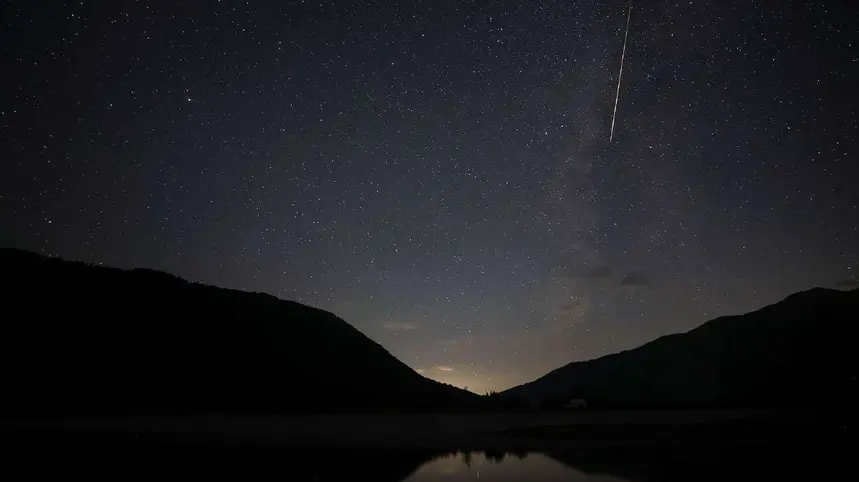
Double meteor shower peaks this week
